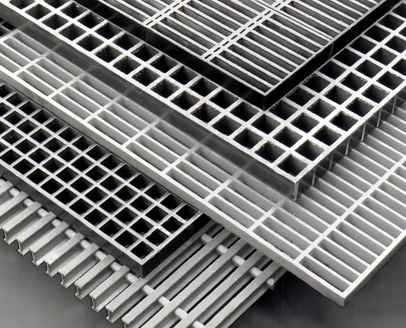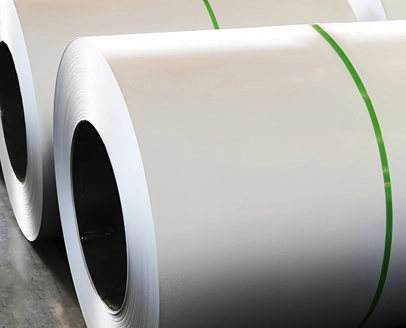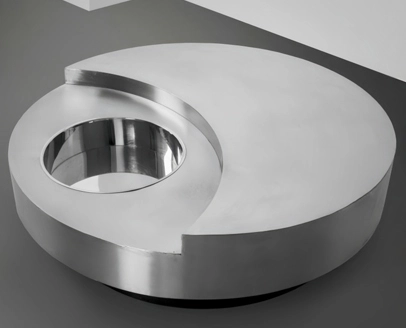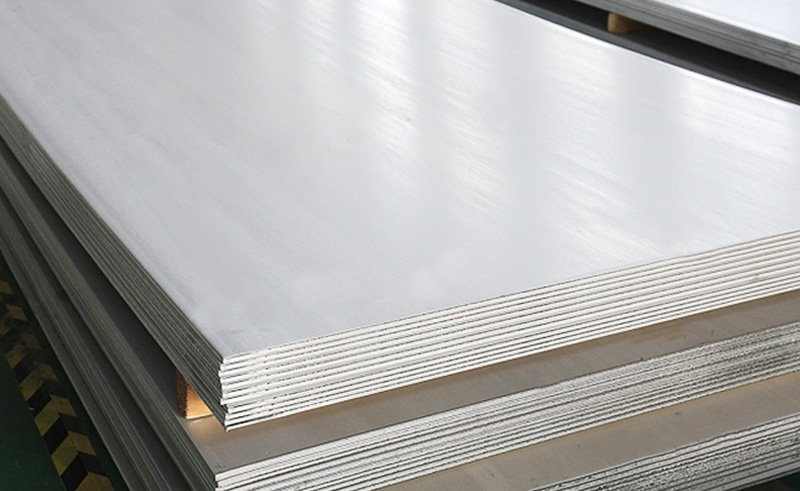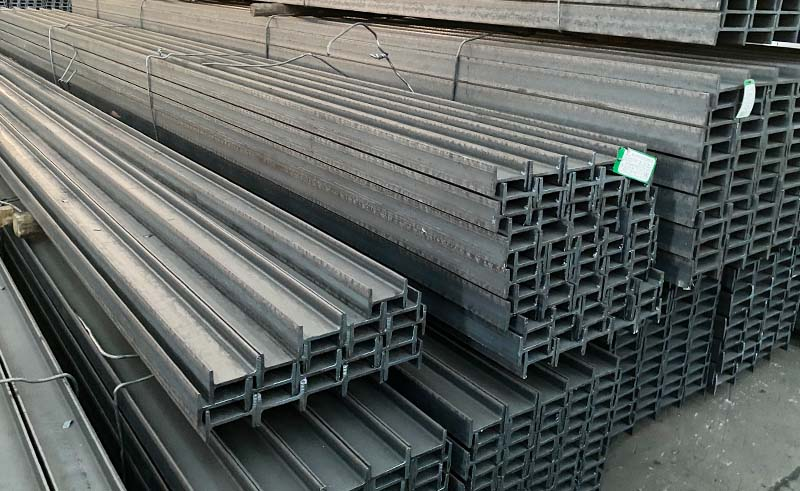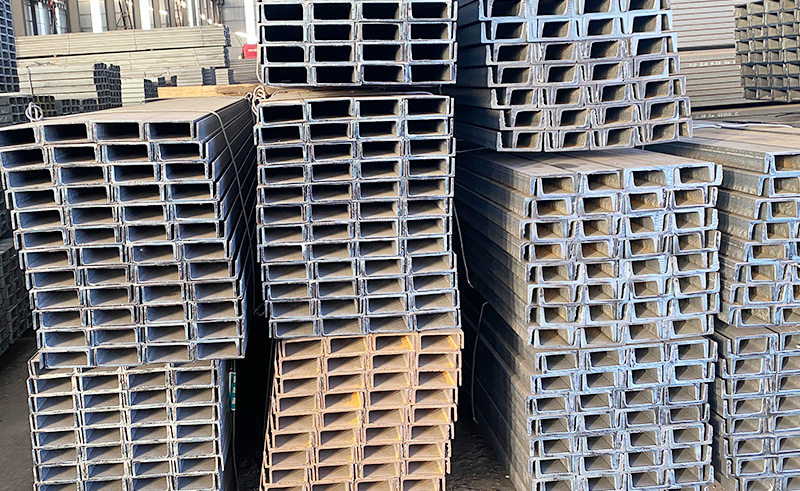I. Significant Export Growth: Driven by Price Competitiveness and Resilient Demand
In Q1 2025, China’s seamless pipe exports maintained strong momentum, with cumulative exports reaching 1.4151 million tons, a 15% year-on-year (YoY) increase. March alone saw exports of 549,100 tons, surging 25.57% YoY, while net exports rose to 540,500 tons (+27.75% YoY). This growth was driven by two key factors: price competitiveness following domestic price adjustments and front-loaded shipments to mitigate risks from U.S. tariff policies. Despite global trade uncertainties, robust demand from core markets like the Middle East and Southeast Asia provided critical support.


II. Product Mix: Oil/Gas Pipeline Pipes Dominate, Boiler Tubes Show Promise
By product category, seamless pipes for oil and gas pipelines led exports with 492,900 tons, accounting for 34.63% of total exports and growing 25.71% YoY. In contrast, oil and gas drilling pipes declined 7.51% YoY to 360,700 tons, reflecting reduced global oil exploration activity, though short-term impacts remain limited. Boiler tubes stood out with the fastest growth, soaring 68.58% YoY to 79,400 tons, signaling potential in niche markets. Other seamless pipes, including industrial and structural varieties, exported 485,600 tons (+22.04% YoY), highlighting diversification efforts.

III. Regional Focus: Middle East & Southeast Asia Account for 56.77% of Exports
China’s seamless pipe exports remained concentrated in the Middle East and Southeast Asia. The United Arab Emirates (UAE) topped the list with 180,700 tons (12.77% share), followed by India (106,500 tons, 7.53%), Kuwait (98,500 tons, 6.96%), and Turkey (69,500 tons, 4.91%). In Southeast Asia, Indonesia (67,800 tons, 4.79%) and Thailand (56,700 tons, 4.01%) demonstrated steady demand. Notably, exports to Oman fell sharply, while emerging markets like Vietnam (49,300 tons, 3.48%) gained traction. Together, the Middle East and Southeast Asia contributed 56.77% of total exports, insulating China from direct impacts of U.S.-led tariff policies.

IV. Outlook: Cost Leadership and Capacity Sustain Export Resilience
Despite U.S. tariff uncertainties, China’s seamless pipe exports retain three key advantages:
Price Edge: With ~70% of global production capacity, China’s economies of scale ensure high quality at competitive prices;
Demand Fundamentals: Energy infrastructure in the Middle East and urbanization in Southeast Asia underpin long-term orders;
Strategic Timing: Front-loaded shipments partially offset short-term tariff risks.
While 2025 exports are projected to grow steadily, indirect supply chain disruptions and weakening demand for drilling pipes (linked to oil exploration) require vigilance.
 en
en 


